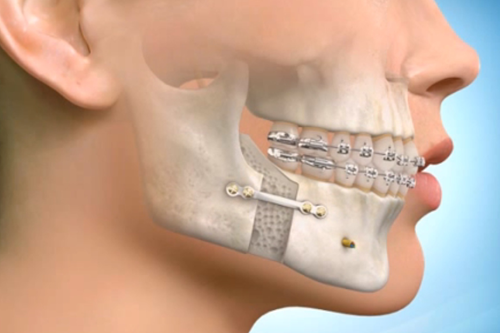Jaw surgery, medically known as orthognathic surgery, is a corrective procedure performed to fix irregularities in the jawbones and realign the jaws and teeth to improve function and appearance قیمت جراحی فک. It’s often recommended for people who have problems that cannot be corrected with orthodontics alone, such as braces.
Why Do People Need Jaw Surgery?
Jaw surgery is usually considered when jaw misalignment causes significant issues. Some common reasons include:
-
Difficulty chewing or biting: Misaligned jaws can make it hard to eat properly.
-
Speech problems: Jaw irregularities may affect speech clarity.
-
Breathing issues: Conditions like sleep apnea can be worsened by jaw structure.
-
Chronic jaw or TMJ pain: Misalignment can strain jaw muscles and joints.
-
Facial imbalance: Severe jaw discrepancies may affect facial aesthetics and self-confidence.
-
Excessive wear of teeth: Uneven bite can damage teeth over time.
Types of Jaw Surgery
The specific surgical approach depends on the problem’s nature:
-
Maxillary osteotomy: Surgery on the upper jaw to correct issues like an underbite or crossbite.
-
Mandibular osteotomy: Surgery on the lower jaw, commonly used to fix an overbite or underbite.
-
Genioplasty: Surgery to reshape the chin, sometimes combined with other jaw surgeries.
-
Bimaxillary surgery: Surgery on both upper and lower jaws for more complex cases.
The Procedure
Jaw surgery is typically done by an oral and maxillofacial surgeon. It is often combined with orthodontic treatment (braces) before and after surgery:
-
Pre-surgical orthodontics: Braces are placed to align teeth before surgery.
-
Surgery: Under general anesthesia, the surgeon makes precise cuts in the jawbones, repositions them, and secures them with plates or screws.
-
Recovery: Initial recovery may take 6 weeks or more, with a soft diet and limited physical activity.
-
Post-surgical orthodontics: Braces may remain for months to fine-tune teeth alignment.
Risks and Considerations
Like all surgeries, jaw surgery carries some risks:
-
Infection
-
Nerve injury causing temporary or permanent numbness
-
Relapse or shifting of jaw position
-
Pain and swelling
-
Need for additional surgery in rare cases
Benefits of Jaw Surgery
For many patients, jaw surgery results in dramatic improvements:
-
Better bite function and easier eating
-
Improved speech clarity
-
Reduction or elimination of breathing problems
-
Enhanced facial harmony and appearance
-
Relief from chronic jaw pain
Conclusion
Jaw surgery is a life-changing procedure for individuals suffering from jaw misalignment and related problems. Though it requires careful planning, commitment, and recovery time, the benefits can be significant both functionally and aesthetically. If you or someone you know struggles with issues related to jaw structure, consulting an oral and maxillofacial surgeon or orthodontist is the first step toward a healthier, more confident smile.
